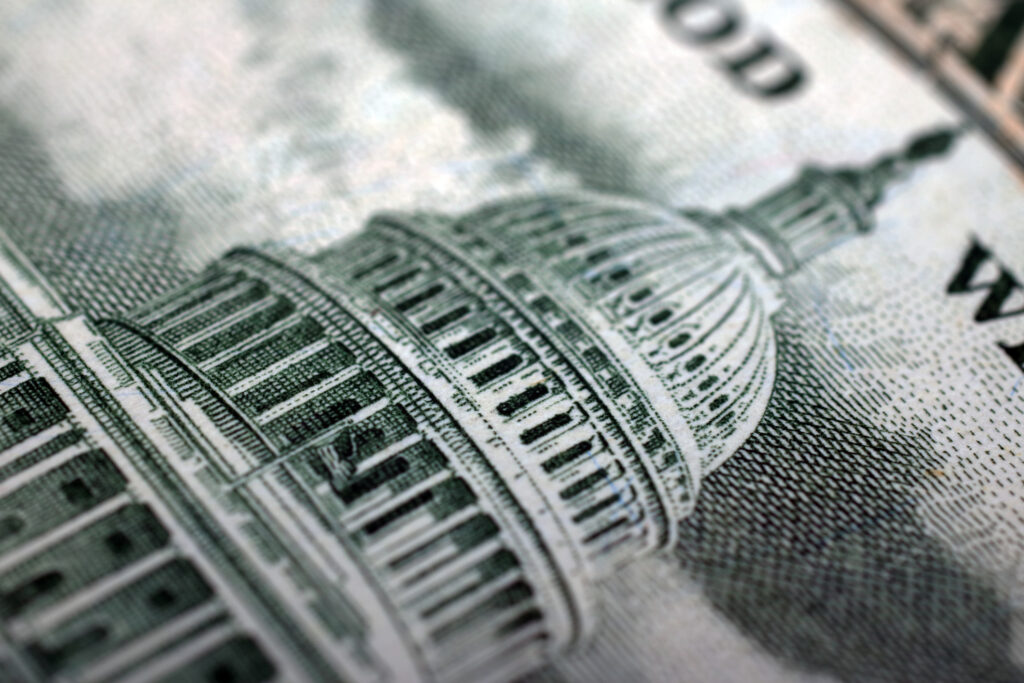What is the Media Spend Telling Us Ahead of Election Day? The Same Old Story

When we’ve asked political creatives recently about their (predicted) takeaways from 2022, their responses have been almost uniform: wait and see who wins to know just what worked and why. Let’s see if that same introspection can be applied to campaigns’ media budgets.
Despite the ongoing migration of voter attention away from broadcast TV toward streaming and digital content, that traditional medium remains the dominant force in political media — particularly in major Senate races. As one practitioner told C&E recently, the money hasn’t followed the audience.
Now, that could be because the voters, political marketers’ target audience, remains glued to broadcast TV — or at least that’s how the broadcast budget advocates will argue it. Consider Nevada Sen. Catherine Cortez Masto’s (D) media mix as she looks to keep her seat.
Her budget, as tracked by the Wesleyan Media Project, only includes 6 percent spent on digital. In dollar terms, it breaks down as $14.77 million spent on broadcast, about $1 million spent on Facebook/Google and $1.32 million on radio, streaming and cable.
She’s not alone in that balance (Sens. Maggie Hassan and Marco Rubio as well as Mehmet Oz and Herschel Walker all have digital at 6 percent of their media budgets while pouring millions into broadcast TV.) In fact, the only candidate in a targeted Senate race to put more than 20 percent of their media budget into digital — what has been considered to be the best-practice allocation for years — is Democrat Mandela Barnes in Wisconsin. That could be because Barnes, at 35, is the youngest candidate of the bunch.
But what will be interesting to watch is, if Barnes loses his bid to unseat Sen. Ron Johnson (R), what lessons will the industry say it learns from that race? Some practitioners will say, quietly no doubt, that he could have gone up on TV with more of those dollars instead. Could Barnes have made a difference further outspending Johnson on broadcast where he was already ahead $11.6 million to $7.4 million?
And if Cortez Masto loses her race to Republican Adam Laxalt, will the same be said of her broadcast TV spending? Laxalt, it should be noted, has spent the least of any top Senate campaign on digital: 4 percent by Wesleyan Media Project’s tally.
